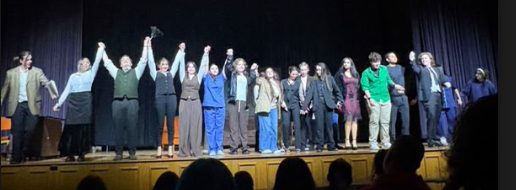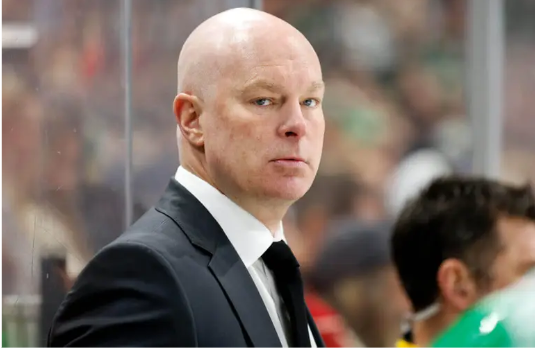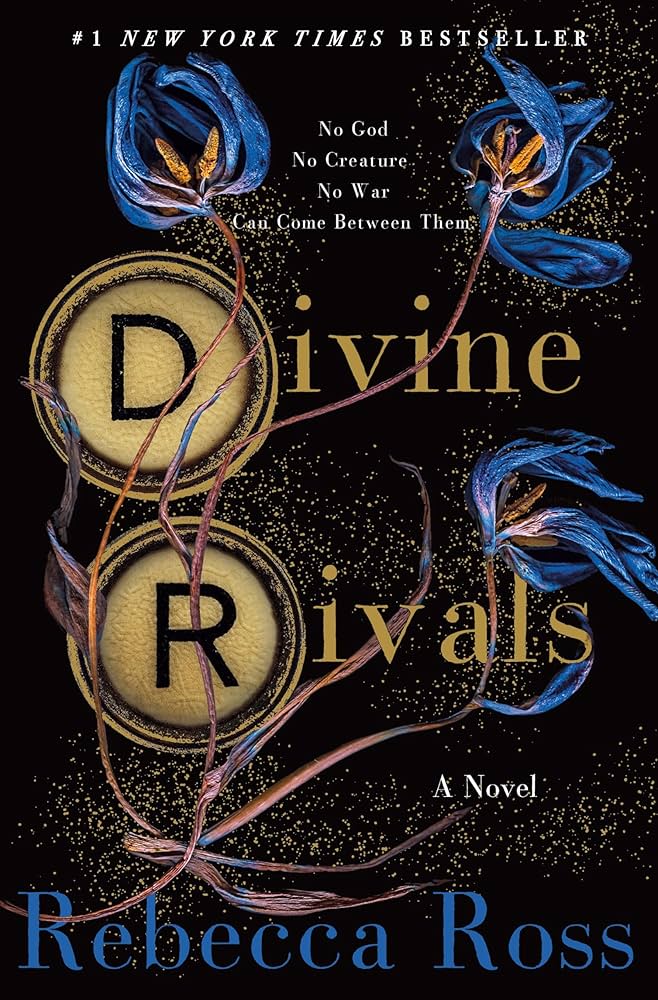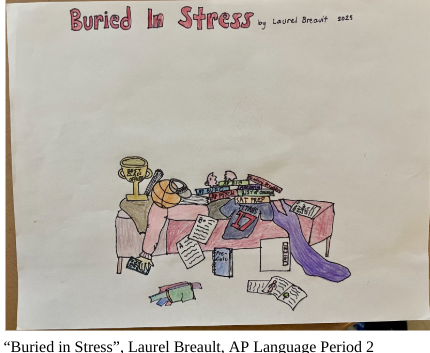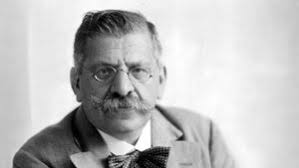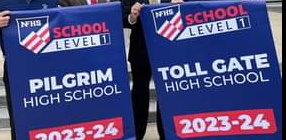
The Marvel Cinematic Universe (MCU) and Star Wars represent unparalleled realms of creativity. One transports us into the cosmic escapades of superheroes, while the other immerses us in the ever-shifting power dynamics of a galaxy far, far away. However, both franchises have faced similar but also distinct challenges in recent years and Disney is the culprit in both cases. Marvel needs to improve in overall quality and actually feel like it is connected in some way with every release. On the other hand, Star Wars needs bold, more actually connected, large-told ideas and stories. Marvel might be a good place to start.
The catalyst for the Marvel Cinematic Universe was none other than Iron Man back in ‘08, proving that superheroes could carve their place in the cinematic world. Subsequent movies built up to the grand spectacle of The Avengers, illustrating the intricate web of connectivity that promised a fulfilling narrative conclusion. Furthermore, these films heightened the stakes and intensity, recognizing that a storyline’s longevity hinges on such factors. Despite not being on top of every film and show that comes out, I still have felt Marvel´s decline. Same is unfortunately true with Star Wars.
In the case of Star Wars, the journey began with what is now known as A New Hope, a film that unleashed a profusion of innovative ideas, paying homage to classics like Flash Gordon and Akira Kurosawa. This unique blend of advanced technology and spiritual elements captivated audiences in a truly distinctive manner. The world and characters were different and expansive and audiences wanted to more. Unlike Marvel, I always try to keep up with the shows being released but those too are seeing a lot of backlash. Being home-stricken for more time than the human mind would like could also be a contributing factor.
It’s evident that the recent challenges faced by both franchises may be attributed in part to the COVID-19 pandemic, which compelled people to remain indoors, thereby reducing the community-based enjoyment of both experiences. Additionally, some, like myself, have attributed these issues to Disney’s apparent obsession with catering to fan expectations, sometimes at the expense of creativity, leaving many distraught. One of the biggest issues both have had is their reliance on using Disney+ as a format to make show after show. The biggest issue is that these shows were originally made to be movies so it is just adding filler and unnecessary uncertainty in something that can be condensed into two hours. This all started mostly with the Mandalorian and it worked because, by design, it was meant to be a show.
It was a big risk Disney made creating a show in a live-action format and it worked wonders for them. Even people who aren’´t huge Star Wars fans will have characters like Grogu (Baby Yoda) and the Mandalorian himself plastered around their homes. It worked because they took a risk. The problem now is they think that the risk they took is now just the secret formula for success. An issue that plagues Star Wars with using the series format is a lack of actual creative vision or direction in which the overall franchise should go. We will be getting a movie that is the machination of The Mandalorian and a few other shows in that era and be making a movie. However, the reception of the sequel trilogy breaking the rules of the galaxy and disrespecting the characters, the Mandolorian season 3 not being up to snuff, and relying only on various shows to get these stories across, many just aren’t interested in it. If anything, it feels as if Star Wars is attempting to copy the large-told narratives the MCU is with big chracters and big threats.
Marvel’s Wandavision also took a risk by making a show as, again by design, it was meant to be a series. The problem again was believing that the code was cracked. There are so many shows now with no sense of direction and even though we know this will culminate in the confrontation of Kang the Conqueror, it’s unclear how these are all connected and if Marvel just wants to introduce so many superheroes from the original comics without direct continuity between each one. Taking a risk does not mean using that same risk will lead to success. It no longer becomes a risk and just becomes a safe choice. Continuing to make bold choices either storylines or platforms is what continues the everlasting longevity of a franchise. A franchise is born through bold ideas and continues to create even more bold ideas on top of that. However, one must know what they are doing before they tap into the unknown.
A guiding principle in crafting expansive worlds, especially those with sci-fi, magical, or fantastical elements, is to explore a completely ficitonal system before expanding. However, once expansion occurs, it’s crucial to maintain established rules. This commitment to verisimilitude resonates deeply with audiences and encourages creativity within established boundaries. Regrettably, both franchises have occasionally deviated from this principle. In many instances, they have sacrificed continuity and quality with spectacle. For example, Obi-Wan Kenobi relied on characters meeting that were not meant to meet in that specific time period. That is what has made them feel like a business.
It’s essential to acknowledge that the storytelling industry is, above all, a business. However, the more an audience realizes that it is said business, the more they want to stray away from it entirely. This reality means that even an exceptionally executed but unoriginal idea may struggle to capture an audience’s interest. Paradoxically, audiences often seemingly crave ideas they have already seen. What they don’t realize is that what they really want is to go places far beyond the unknown and be drawn to bold, innovative concepts. What truly captivates us is that which we cannot predict—a fresh idea or a unique reinterpretation of existing ones. This pursuit of originality challenges creators to approach their craft with new perspectives. Respect for these franchises extends beyond safeguarding their core ideas, worlds, and characters; it entails preserving the very creativity that birthed them. This even goes to products I have absolutely adored from both franchises.
While I, and many others, have lauded Andor as some of the finest Star Wars content ever made, its primary drawback is its familiar premise of rebels versus empire, coupled with a protagonist whose initial characterization in Rogue One was lackluster. The longevity of a series does not solely rest on its existing fanbase but on the infusion of fresh ideas to attract new fans. A compelling premise is just the first step; the ability to keep the audience invested throughout its duration is equally vital. If a premise fails to offer originality or a distinctive perspective within an established universe, apathy from any given audience will follow. If an audience doesn’t like your story or the story idea, it’s not their fault, it’s yours. Entertainment can’t be forced to be enjoyed that is why it’s entertainment.
As much as it saddens me to admit it, the MCU and Star Wars are ultimately just franchises and not special products blessed from the heavens above. While they embarked on remarkable journeys and produced a mix of outstanding and subpar content, their existence is not sacred. The true sanctity lies in the creative minds behind them. In the case of these franchises, Stan Lee, Geroge Lucas as well as those actually attmepting to expand their respected franchises such as Tony Gilroy, are the ones who are truly sacred. Art itself is not what we necessarily like, but it is when we see the soul of the creator in every brushstroke, every frame, every note, every word, and so on.

